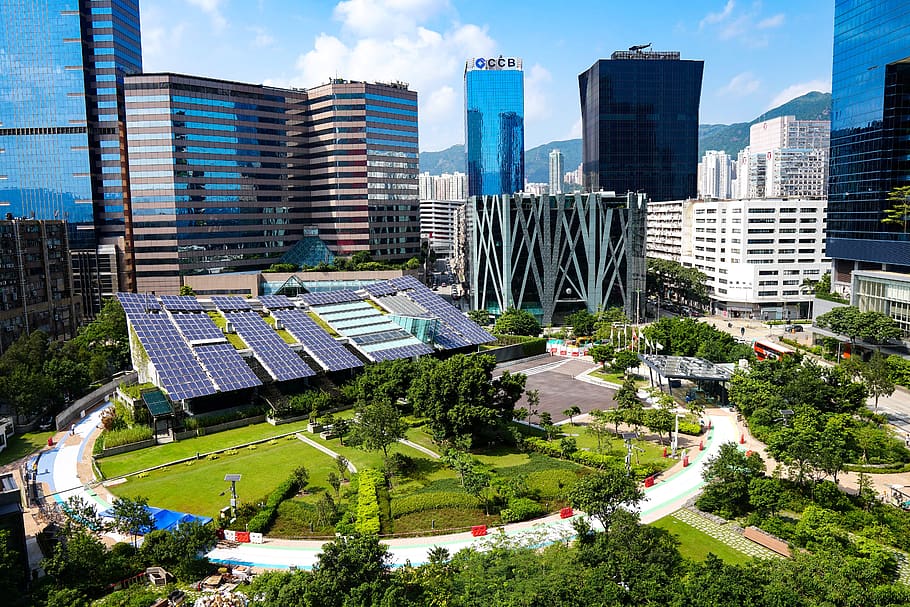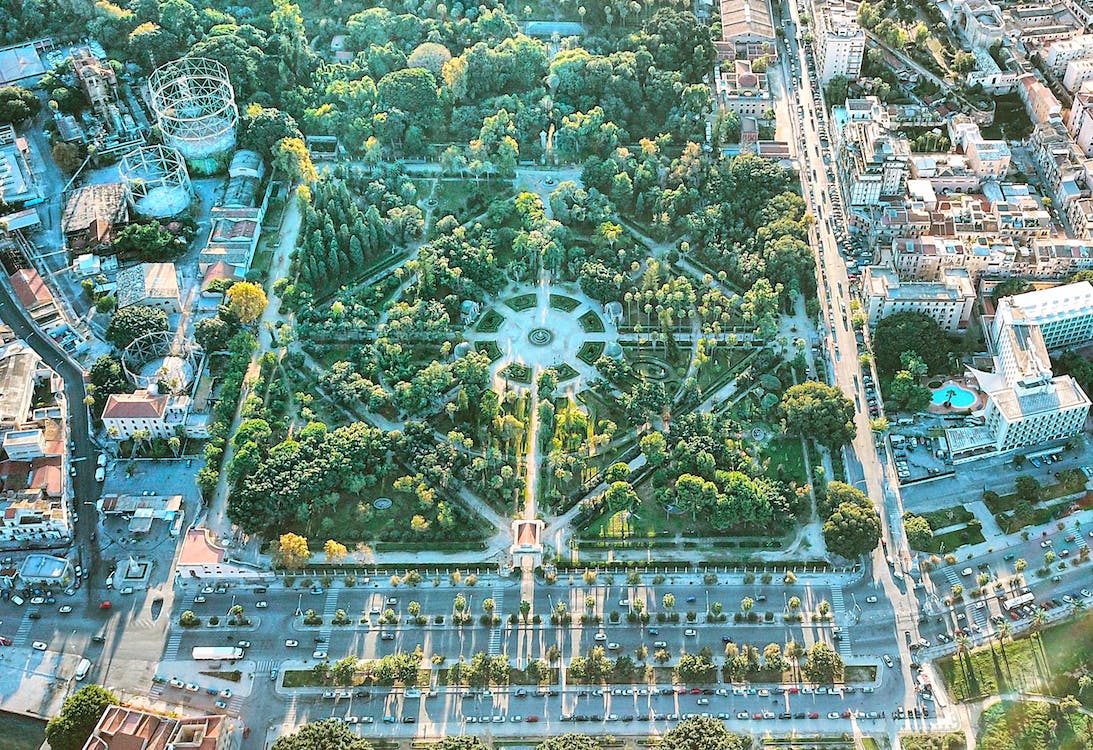Have you ever wondered how cities can grow and develop while also protecting the environment? In this blog, we will explore the concept of building sustainable cities and the importance of finding a balance between development and environmental conservation. Let’s dive into the fascinating world of urban planning and discover how we can create cities that thrive while being environmentally responsible!
What are Sustainable Cities?
Sustainable cities are urban areas that strive to meet their residents’ needs while minimizing their environmental impact. These cities prioritize practices that promote long-term sustainability, such as reducing greenhouse gas emissions, conserving natural resources, and fostering a healthy and inclusive community. It’s like finding the perfect harmony between urban development and environmental protection.
Preserving Green Spaces and Biodiversity
One crucial aspect of sustainable cities is preserving green spaces and protecting biodiversity. Parks, gardens, and forests not only enhance the beauty of a city but also provide essential benefits such as clean air, wildlife habitat, and recreational opportunities. By preserving these green areas, cities can create a balance between concrete structures and nature, ensuring a healthier and more livable environment for everyone.
Sustainable Transportation
Transportation plays a significant role in urban development and environmental conservation. Sustainable cities promote alternative modes of transportation like walking, cycling, and public transit to reduce traffic congestion and air pollution. They also invest in infrastructure that supports electric vehicles and prioritize the development of efficient and accessible public transportation systems. By encouraging sustainable transportation options, cities can reduce emissions and create a more sustainable future.
Energy-Efficient Buildings
Another vital aspect of sustainable cities is the construction of energy-efficient buildings. These buildings are designed to minimize energy consumption and utilize renewable energy sources like solar or wind power. Incorporating green building practices, such as proper insulation, efficient lighting systems, and smart energy management, can significantly reduce the environmental footprint of cities while also lowering energy costs for residents and businesses.
Waste Management and Recycling
Managing waste effectively is crucial for sustainable cities. Implementing recycling programs, promoting composting, and reducing single-use plastics are all important steps toward waste reduction. Sustainable cities encourage residents and businesses to adopt eco-friendly practices, such as recycling and responsible waste disposal. By minimizing waste and promoting a circular economy, cities can reduce landfill waste and conserve valuable resources.
Water Conservation
In addition to land-based conservation efforts, sustainable cities also prioritize water conservation. Implementing efficient water management systems, such as rainwater harvesting and water recycling, can help reduce water waste and ensure a sustainable supply for the growing population. Sustainable cities also promote awareness among residents about responsible water usage, encouraging practices like shorter showers, fixing leaky faucets, and using water-efficient appliances.
Community Engagement and Education
Creating sustainable cities requires active community engagement and education. Sustainable cities provide platforms for residents to participate in decision-making processes, allowing them to have a say in urban planning and environmental initiatives. Additionally, educational programs in schools and community centers raise awareness about sustainability and inspire individuals to adopt eco-friendly practices. By involving the community and providing access to information, cities can foster a sense of ownership and responsibility among their residents toward building a sustainable future.
Green Infrastructure
Incorporating green infrastructure is another essential aspect of sustainable city development. Green infrastructure refers to the integration of natural elements, such as parks, green roofs, and urban gardens, into urban design. These green spaces not only enhance the visual appeal of cities but also provide multiple benefits like improved air quality, reduced urban heat island effect, and stormwater management. Sustainable cities prioritize the integration of green infrastructure, creating a healthier and more enjoyable urban environment for residents.
Sustainable Economic Development

Sustainable cities recognize the importance of balancing economic growth with environmental considerations. They promote sustainable economic development practices that focus on green industries, renewable energy, and sustainable tourism. By supporting businesses and industries that prioritize environmental stewardship, cities can create a thriving economy while minimizing ecological impact. Sustainable economic development ensures that cities continue to prosper while preserving the natural resources that support their growth.
Collaboration and Partnerships
Building sustainable cities requires collaboration among various stakeholders, including government bodies, businesses, nonprofits, and the community. Sustainable cities establish partnerships and engage in collaborations to implement sustainable policies and initiatives effectively. By working together, cities can pool resources, share knowledge, and leverage expertise to overcome challenges and achieve their sustainability goals. Collaboration fosters innovation and ensures a collective effort toward building greener and more resilient cities.
Building sustainable cities is an ongoing journey that requires a holistic approach. By focusing on preserving green spaces, promoting sustainable transportation, constructing energy-efficient buildings, implementing effective waste management, conserving water, engaging the community, integrating green infrastructure, supporting sustainable economic development, and fostering collaboration, cities can achieve a harmonious balance between development and environmental conservation. As we move forward, let’s continue to prioritize sustainability, ensuring that our cities become vibrant, inclusive, and environmentally responsible places for generations to come. Together, we can create a future where urban development and environmental conservation go hand in hand.
